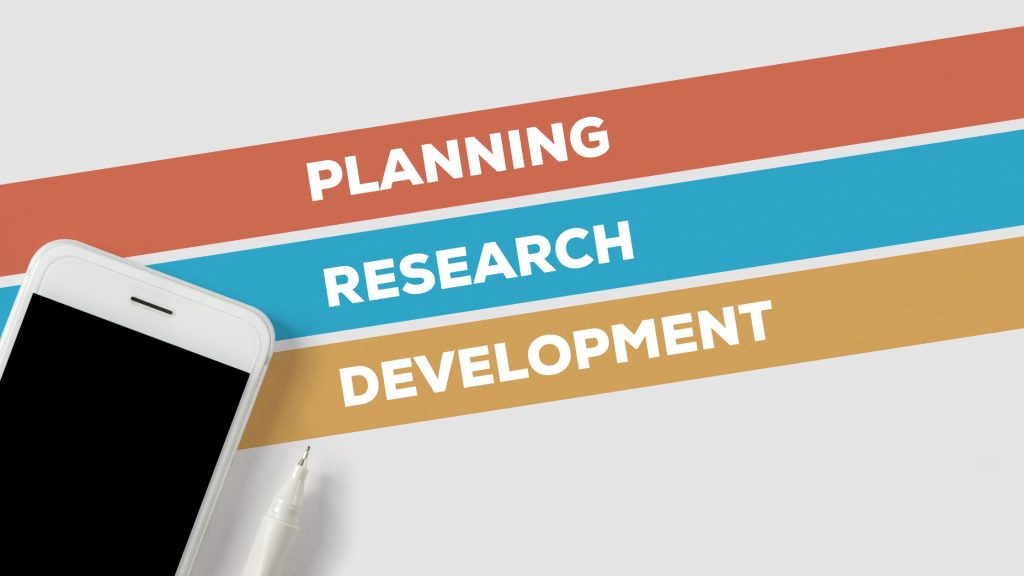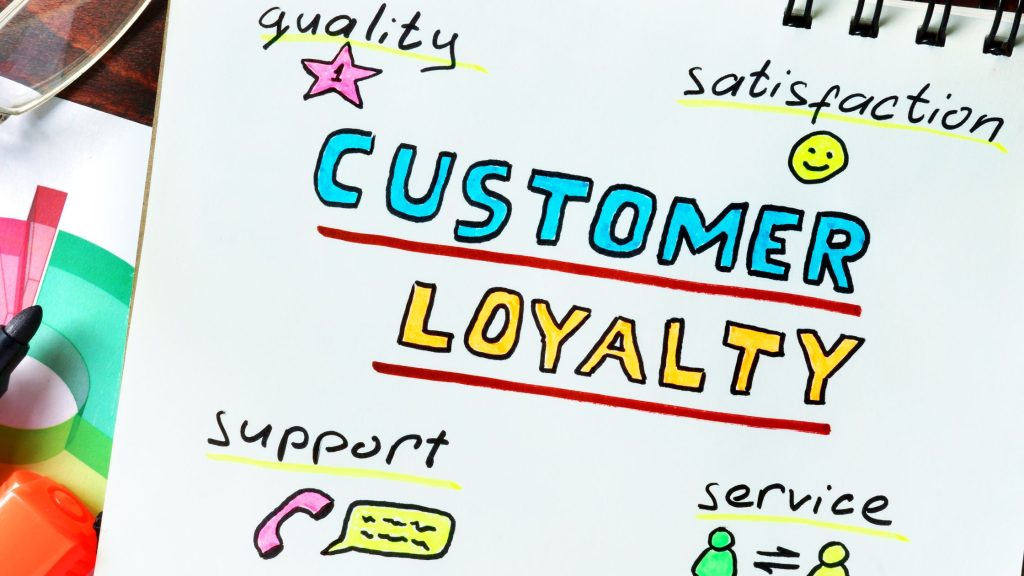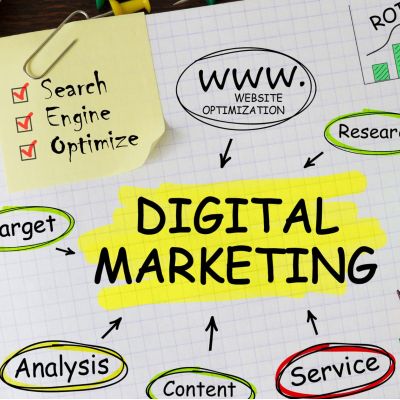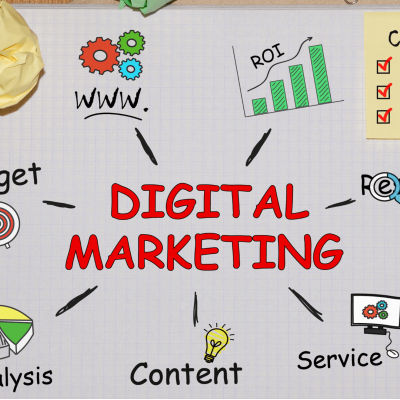From Idea to Success: A Step-by-Step Guide to Growing Your Business
Every successful business starts with an idea. However, turning that idea into a thriving enterprise requires more than just passion—it demands strategy, dedication, and the right approach. Whether you’re launching a startup or scaling an existing business, having a structured plan can significantly increase your chances of success.
In this blog, we provide a comprehensive step-by-step breakdown of how to grow a business, implement business success strategies, and scale your venture effectively. If you’re looking for startup growth tips or strategies for small business marketing, this blog will help you navigate from concept to profitability.

1. Laying the Foundation: Research and Planning
Before diving into operations, you need a solid foundation. A great idea is not enough—successful businesses are built on research, planning, and strategic execution.
Define Your Business Idea
Every business begins with an idea, but not every idea is viable. To ensure your concept has potential, ask yourself the following questions:
- What problem does my product or service solve?
- Who is my target audience?
- Is there a demand for my offering?
- How will my business stand out from competitors?
If you can confidently answer these questions, your idea is on the right track. If not, refine your concept to ensure it meets market needs.

Conduct Market Research
Market research is critical to understanding your industry, competitors, and customers. Here’s how you can conduct effective research:
- Analyze the Competition: Study businesses in your niche. Identify their strengths and weaknesses to determine how you can differentiate yourself.
- Identify Market Trends: Look at industry reports, online forums, and customer reviews to gauge trends and demands.
- Survey Potential Customers: Use tools like Google Forms, SurveyMonkey, or social media polls to gather feedback from your target audience.
Create a Business Plan
A well-structured business plan serves as your roadmap for success. It helps you stay focused, attract investors, and scale effectively. Your business plan should include:
- Executive Summary: A brief overview of your business and goals.
- Business Description: Details about your industry, target market, and competitive advantage.
- Financial Projections: Revenue expectations, startup costs, and funding plans.
- Marketing Strategy: How you plan to attract and retain customers.
- Operational Plan: Logistics, supply chain management, and team structure.

2. Building Your Brand and Online Presence
A strong brand differentiates your business from competitors. Branding is more than a logo—it’s about how customers perceive your company.
Choose a Memorable Business Name
Your business name should be:
- Unique and easy to remember.
- Relevant to your industry.
- Available as a domain name and on social media platforms.
Design a Professional Logo
Your logo is the face of your business. It should be simple, versatile, and visually appealing. Consider hiring a professional designer or using tools like Canva or Adobe Illustrator.

Set Up a Website
Your website is your digital storefront. A user-friendly, SEO-optimized website is crucial for business success. Ensure your website includes:
- A clear homepage that defines your business.
- Service or product pages with detailed descriptions.
- A blog section for marketing insights and industry trends.
- A contact page with multiple ways for customers to reach you.
Leverage Social Media
Social media platforms are powerful tools for business growth. Choose the platforms that align with your target audience:
- Instagram & TikTok – Great for visual businesses like fashion, beauty, and food.
- Facebook – Ideal for community engagement and local businesses.
- LinkedIn – Perfect for B2B businesses and professional networking.
- Twitter/X – Useful for sharing industry news and engaging with your audience.

3. Crafting an Effective Marketing Strategy
Marketing is the engine that drives business success. A strong marketing plan helps you reach new customers and retain existing ones. Here are some essential strategies:
Content Marketing
Content marketing is one of the most effective ways to establish authority in your industry. Consider these approaches:
- Start a blog with industry insights, how-to guides, and case studies.
- Utilize SEO strategies to increase organic traffic.
- Create video content to boost engagement.
Search Engine Optimization (SEO)
SEO helps your business get discovered online. Key strategies include:
- Using relevant SEO keywords like “how to grow a business” and “scaling a business.”
- Optimizing your website’s structure for easy navigation.
- Acquiring backlinks from reputable websites.

Paid Advertising
Consider running targeted ads on:
- Google Ads – Best for search-based intent and local business marketing.
- Facebook & Instagram Ads – Effective for brand awareness and engagement.
- LinkedIn Ads – Ideal for B2B businesses looking to attract professional clients.
4. Scaling and Sustaining Growth
Once your business is up and running, focus on sustainable growth. Here’s how:
Optimize Your Sales Funnel
Ensure a smooth customer journey:
- Awareness – Use social media, content marketing, and ads to attract customers.
- Consideration – Provide valuable content and testimonials to build trust.
- Conversion – Offer seamless checkout experiences or service bookings.
- Retention – Keep customers engaged with loyalty programs and email marketing.
Monitor Financial Health
Understanding your financials is essential for long-term success.
- Track revenue, expenses, and profit margins.
- Use accounting software like QuickBooks or Wave.
- Set realistic financial goals for growth.

Build Customer Loyalty
Repeat customers are crucial for business stability. Keep them engaged by:
- Providing excellent customer service.
- Offering discounts and rewards programs.
- Personalizing interactions through email marketing.
5. Expanding Your Business
Growth doesn’t stop at maintaining success; it’s about expansion. Here are key strategies to scale your business effectively:
Diversify Your Offerings
Adding complementary products or services can increase revenue streams and attract a broader customer base.
Enter New Markets
Expanding into new geographical locations or demographics can significantly boost business growth.
Partner with Other Businesses
Strategic partnerships with other companies can help you reach a wider audience and add value to your offerings.
Automate and Streamline Operations
Efficiency is key to scaling. Invest in business automation tools for:
- Customer relationship management (CRM)
- Email marketing automation
- Inventory and supply chain management

Conclusion
Turning an idea into a successful business takes time, effort, and strategic planning. By conducting thorough research, building a strong brand, and focusing on scalable growth strategies, you can create a sustainable and profitable venture.
Small business marketing plays a crucial role in reaching new customers, while scaling a business requires continuous learning and adaptation. If you’re ready to take the next step, start implementing these strategies today and watch your business thrive!
Need more personalized advice? Contact us to discuss your business growth plan.
Categories
Latest Articles
Stay up to date
with news and
educational information
[hubspot type=”form” portal=”5213843″ id=”b19f3e1c-0beb-4946-9d04-2bb47dfa17e0″]











Leave a Comment
You must be logged in to post a comment.